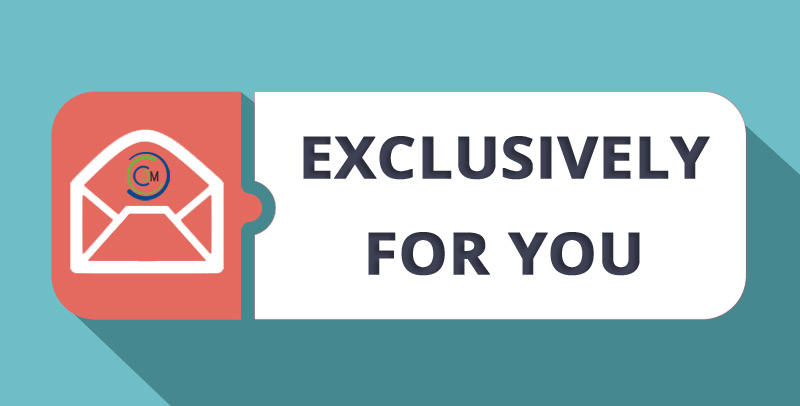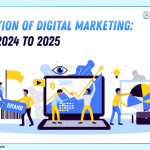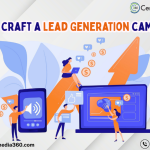Email Personalization Is The key

Email Personalization
Email personalization, in its simplest form, is the process of tailoring an email campaign to a single subscriber based on the data and knowledge you already have about them. This might include specifics like their initial name, address, the most recent item they purchased, and the date and time they last visited your website, among other things.
The Benefits of Email Personalization
Each person has a personal email account and receives dozens of emails daily. Everyone receives tens of emails daily, which is the only issue with it. It would help if you found a technique to stand out from the crowd and maximize the effectiveness of your email advertising. let’s discuss some of the benefits of Email Personalization.
More Sales and Conversions
When compared to standard bulk emailing efforts, personalized email content that is created using onsite data from each of your clients can increase sales by six times. The products recommended in personalized emails are chosen specifically for each consumer based on their individual interests and are based on the onsite history of each user. Said, buyers buy what they like after seeing it.
Just for this reason, sessions that begin with personalized email campaigns tend to be much shorter than the rest. Customers who see the items they are interested in tend to visit your website only briefly and follow an easy path from the product page to the checkout success page. They purchase it since they like it!
Less Unsubscribe Rate
You heard it right. When you are crafting an email based on your audience the chances are they will like it more and they might not unsubscribe you from their list.
You may dramatically lower your unsubscribe rates by sending the appropriate products to each of your clients. Customers who are presented with pertinent merchandise will only look forward to your communications. It appears as though you are saving them the hassle of conducting an extensive study to obtain the best products. Instead, you’re just giving each of them the greatest options. And all of it is based on current facts!
Built Trust
Like every other company, trust with your customer is essential in order to grow as a brand. Email Personalization can help you to build this relationship with your customer, especially when you are selling a high-priced product. It also depends on how you present yourself through that email.
The first step in developing trust and forging a solid relationship is to demonstrate to your potential clients and clients that you pay attention to them, understand them, and respect their choices. Once this is confirmed, the next stage is to win their loyalty and persuade them to promote your brand.
Email Personalization strategies
Email Segmentation
It’s time to begin segmenting your email list once you have it. To truly personalize something, this is a crucial step. Consider this: it doesn’t make sense to send the identical email to every one of those prospects, regardless of their purchasing patterns and profile details.
You must therefore examine your leads and divide them up into more manageable groupings.
Subject Line
When your leads receive your email, they will first view the subject line. Because of this, you should make sure it’s as catchy as possible while still incorporating some of the customizations according to the receiver.
Giving your email an irrelevant subject line is a surefire method to ensure that it ends up in the Trash bin because the average person receives about 120 emails each day.
Sending Time
Finding the precise moment to send your business emails might be challenging. People have different tendencies; some might be early risers and workaholics, while others would prefer to check their email right before night.
Because of this, it’s critical to maintain track of your consumer data and make preparations in advance.
Using Different Tools
You can use dozens of tools to complete each phase of the process. Each of them works differently. I would suggest experimenting with different tools and using the ones which suit you. Here I can list some of them – Omnisend, Sailthru, Bronto, BounceX, Act-On, and Maropost
Let’s Wrap It Up
Beyond just addressing your recipient by name, email personalization has developed and will continue to develop. Big data’s development has improved marketers’ ability to interact personally with subscribers. For this reason, you must adhere to the best practices for email marketing and integrate personalization into your approach.






